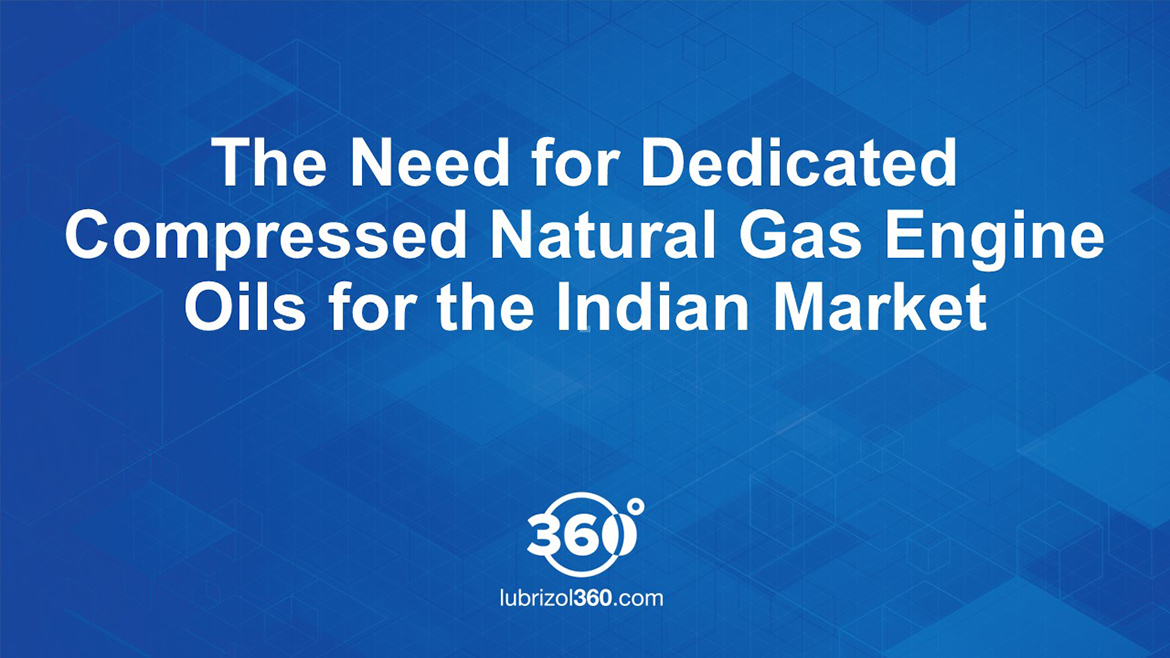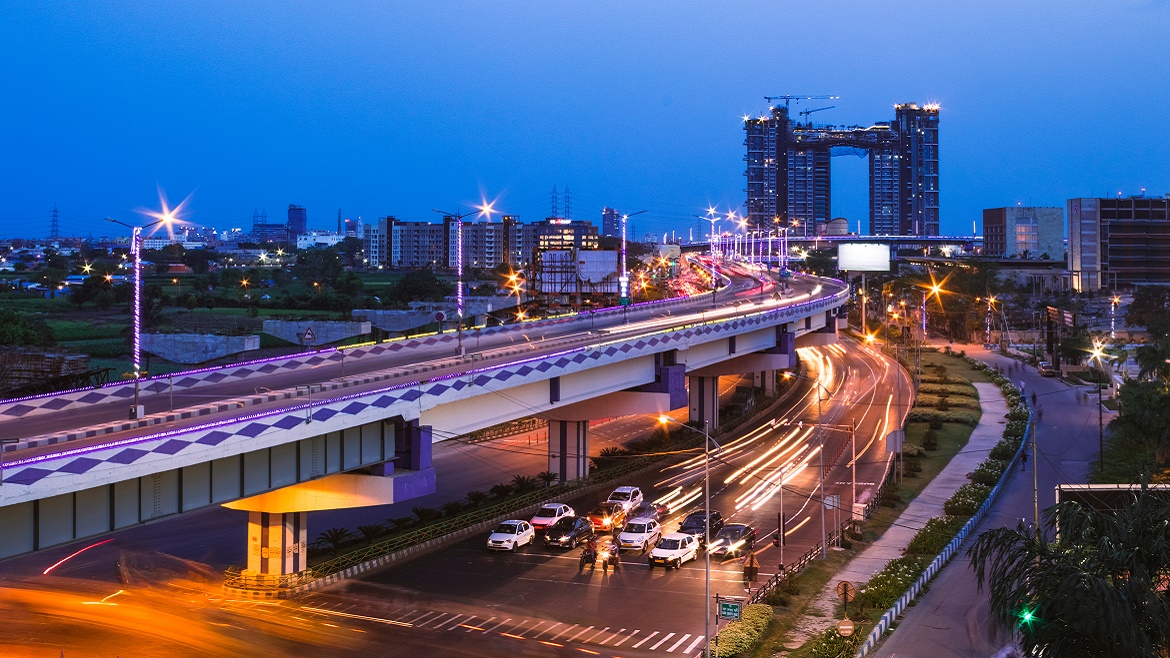BS VI Commercial Vehicles
Commercial Vehicles such as trucks and buses are largely run on diesel. To achieve BS VI emission norms on these vehicles, the vehicle manufacturers have introduced exhaust after-treatment devices in the vehicle hardware as well as made improvements to engine efficiency.
The diagram below shows the most common exhaust after-treatment devices in use:

These exhaust after-treatment devices help in meeting the stringent limits of NOx and PM by converting them chemically into less harmful exhaust gases and by filtering out the harmful particulates.
Lubricant Solution: Diesel engines produce soot due to incomplete combustion of diesel fuel in the engine’s combustion chamber. To meet the stringent limits of BS VI emission norms for Particulate Matter (PM), diesel particulate filters (DPF) are fitted to the vehicle to filter out these soot particulates.
As soot gets collected in the DPF, it gradually gets burned off, however, not completely.
A proportion of these soot particles is comprised of unburned oil. These oil particles contain substances (such as some engine oil additives) which cannot be completely burned away and are therefore deposited as ash in the DPF. The ash can only be removed by physically cleaning the DPF.


Conventional diesel engine oils such as API CF-4, API CH-4, API CI-4 and even API CI-4 PLUS produce higher levels of ash and hence will not be suitable for or compatible with diesel vehicles, whether passenger or commercial, fitted with DPF.
These vehicles will require specially formulated Lower Sulfated Ash, Phosphorus and Sulfur (SAPS) diesel engine oils.

The Need for Dedicated Compressed Natural Gas Engine Oils for the Indian Market
March 01, 2023
The use of Compressed Natural Gas (CNG) engines, is an alternative to petrol or diesel engines in India. India's CNG transportation market is growing, offering benefits for the fleet owner.

Impact of Euro 5 and BS VI on Motorcycle Oil
August 24, 2021
In 2020, Europe and India implemented the world's most stringent emission norms for motorcycles, leading to a series of changes in motorcycle hardware.

One Year of BS VI: Look Back and Look Forward
May 05, 2021
Since the implementation of BS VI, collaboration channels between lubricant businesses, auto makers and other ecosystem partners have shifted.

Growing Value of Dedicated MTFs In India
April 19, 2021
The continued demand for manual transmission vehicles across India brings opportunities for all stakeholders.

Changing Dynamics in the Indian Passenger Vehicle Market
November 11, 2020
Rapid changes are happening in the Indian passenger vehicle market.

BS VI and a New Era for the Indian Automotive Industry
September 14, 2020
In order to meet BS VI emissions standards and upcoming fuel economy mandates, vehicles operating in India will change fundamentally. Learn some changes to watch for, and what will be required to keep vehicles operating at their performance peak.